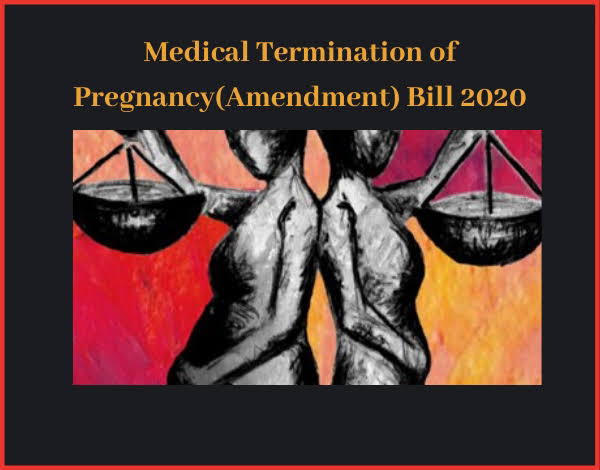ABETMENT OF SUICIDE

Introduction: The term 'abetment' refers to the instigation, conspiracy, or aiding in the commission of a crime in the context of suicide, it usually refers to the instigation of the person who has committed suicide. Abetment of suicide is defined under Section 107 of IPC, where as abetment is defined under Section 109 IPC and it is punishable under section 309 IPC. Legally, whether a death is a suicide or not is a factual determination, which means evidence must be evaluated to determine whether or not the death was a suicide. Suicide abettment is a cognizable, non-bailable, and non-compoundable. The crime of abetment of suicide has two main elements- 1. a suicide death, 2. the accused's intent to aid in such suicide. 3. involvement of the accused should be direct In case of M. Mohan v. The State,[1] it was held that there should be a direct link between the accused's actions and the act of committing suicide. It cannot be said that the accused instigated or intenti...





